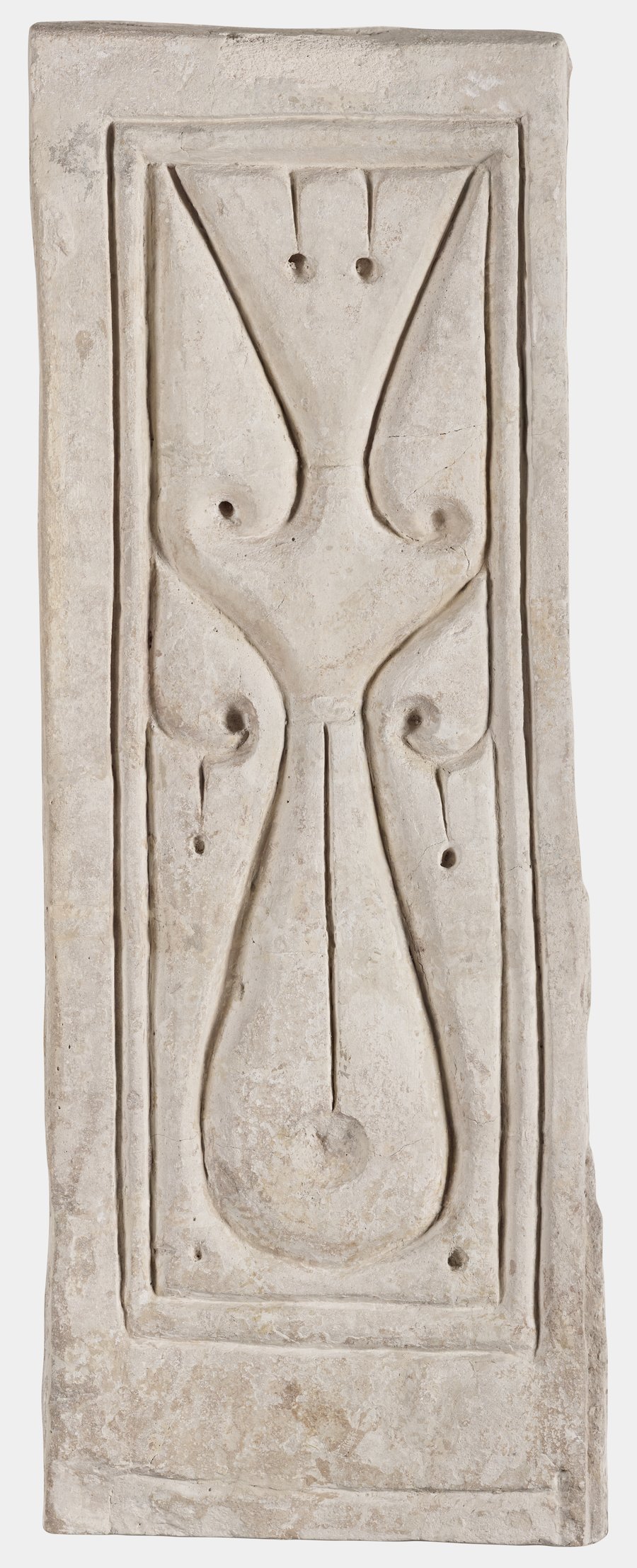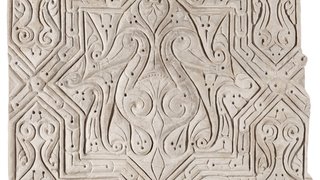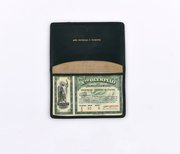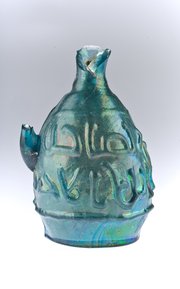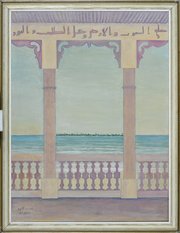
Abbasid Stucco Panel
Museum of Islamic Art
- Title:
- Abbasid Stucco Panel
- Production place:
- Samarra
- Date:
- 833 - 847
- Period:
- Abbasid
- Title:
- Abbasid Stucco Panel
- Production place:
- Samarra
- Date:
- 833 - 847
- Period:
- Abbasid
- Material:
- Stucco, Plaster
- Technique:
- Carving, Modeling
- Dimensions:
- 81 × 39 × 7 cm
Stuccowork has been one of the most common architectural decorations in the Islamic world. Wall coverings, such as this panel, once adorned interiors of luxurious palaces, royal residences and majestic mosques of Samarra (nowadays in Iraq), one of the most extraordinary cities of the 2nd-3rd century AH/ 9th century CE. Besides colourful painted wooden ceilings, precious marble panels and polychrome wall and floor tiles, richly ornamented and skilful carved stucco revetments were part of the interior design.
This panel, together with two others (SW.15.1999 and SW.86.1999) at the museum, were excavated by the Directorate-General of Antiquities of Iraq (DGA), under the supervision of Tariq al-Janabi during 1979 and 1982 (House 10) or – unlike the other ones – it was uncovered earlier during the Iraqi excavations from 1936-1939 (House 4, Room 46) on the site of Samarra. Finely carved and decorated with a bottle-shaped blossom, this panel belongs to a group of stucco revetment that was common for door frames.
So far consistently assigned to the typical Samarra style (Style 1/ Style C), also known as the ‘beveled Style’, these stucco panels have been mainly discussed as isolated objects with a unilateral focus on its ornamentation, without a closer look at techniques, material composition and functions, or within its archaeological context.
Similar stucco panels, also used as door frames, can be found in the Museum of Islamic Art in Berlin (I. 3504, I. 3473).
